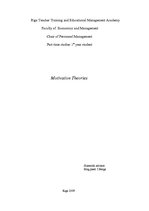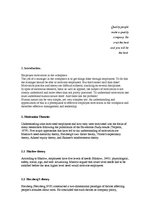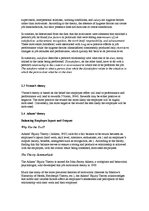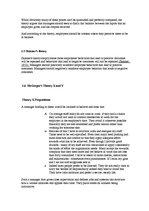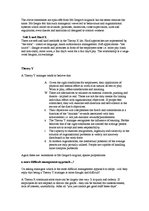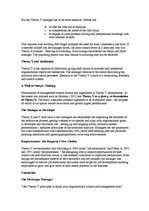-
Motivation Theories
2. Motivation Theories
Understanding what motivated employees and how they were motivated was the focus of many researchers following the publication of the Hawthorne Study results (Terpstra, 1979). Five major approaches that have led to our understanding of motivation are Maslow's need-hierarchy theory, Herzberg's two- factor theory, Vroom's expectancy theory, Adams' equity theory, and Skinner's reinforcement theory.
2.1Maslow theory
According to Maslow, employees have five levels of needs (Maslow, 1943): physiological, safety, social, ego, and self- actualizing. Maslow argued that lower level needs had to be satisfied before the next higher level need would motivate employees.
2.2Herzberg's theory
Herzberg (Herzbreg,1959) constructed a two-dimensional paradigm of factors affecting people's attitudes about work. He concluded that such factors as company policy, supervision, interpersonal relations, working conditions, and salary are hygiene factors rather than motivators. According to the theory, the absence of hygiene factors can create job dissatisfaction, but their presence does not motivate or create satisfaction.
In contrast, he determined from the data that the motivators were elements that enriched a person's job; he found five factors in particular that were strong determiners of job satisfaction: achievement, recognition, the work itself, responsibility, and advancement.…
Employee motivation in the workplace The job of a manager in the workplace is to get things done through employees. To do this the manager should be able to motivate employees. But that's easier said than done! Motivation practice and theory are difficult subjects, touching on several disciplines. In spite of enormous research, basic as well as applied, the subject of motivation is not clearly understood and more often than not poorly practiced. To understand motivation one must understand human nature itself. And there lies the problem! Human nature can be very simple, yet very complex too. An understanding and appreciation of this is a prerequisite to effective employee motivation in the workplace and therefore effective management and leadership.

